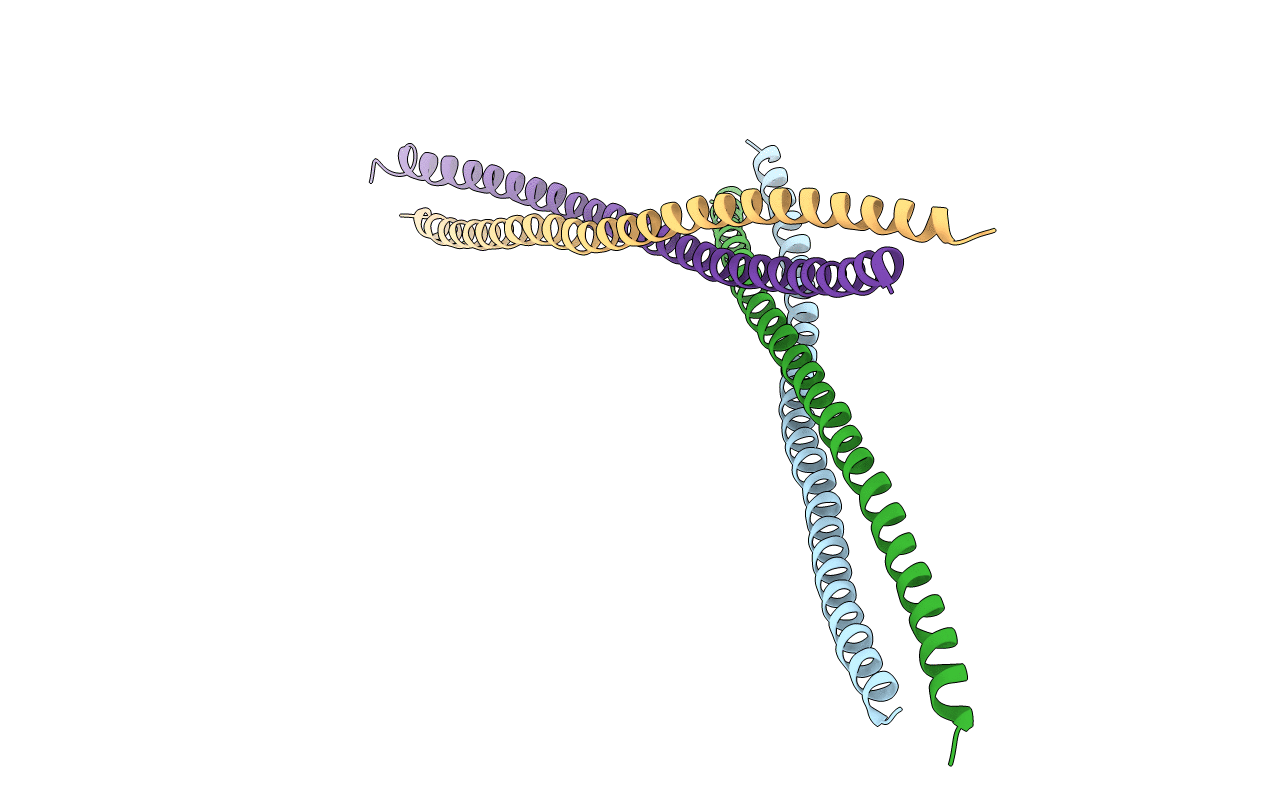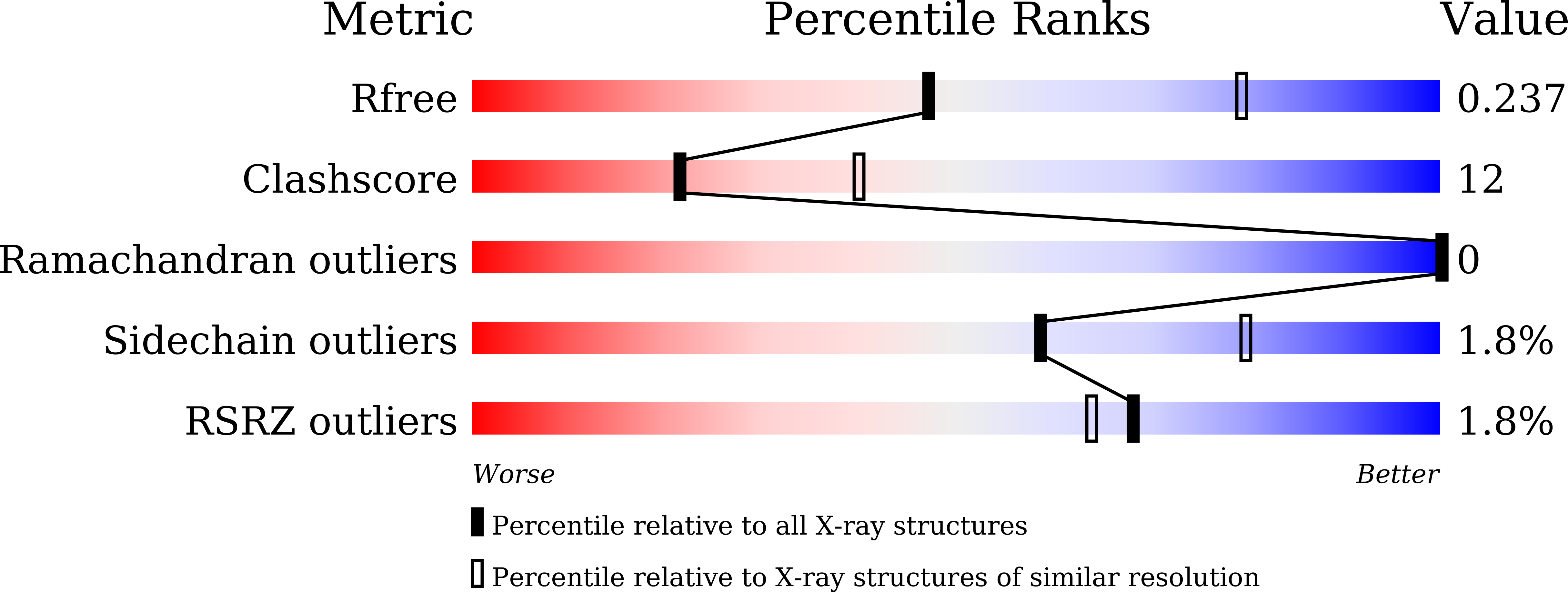
Deposition Date
2019-02-12
Release Date
2020-01-22
Last Version Date
2024-05-29
Entry Detail
PDB ID:
6JFV
Keywords:
Title:
The crystal structure of 2B-2B complex from keratins 5 and 14 (C367A mutant of K14)
Biological Source:
Source Organism:
Homo sapiens (Taxon ID: 9606)
Host Organism:
Method Details:
Experimental Method:
Resolution:
2.60 Å
R-Value Free:
0.24
R-Value Work:
0.20
R-Value Observed:
0.20
Space Group:
P 41


